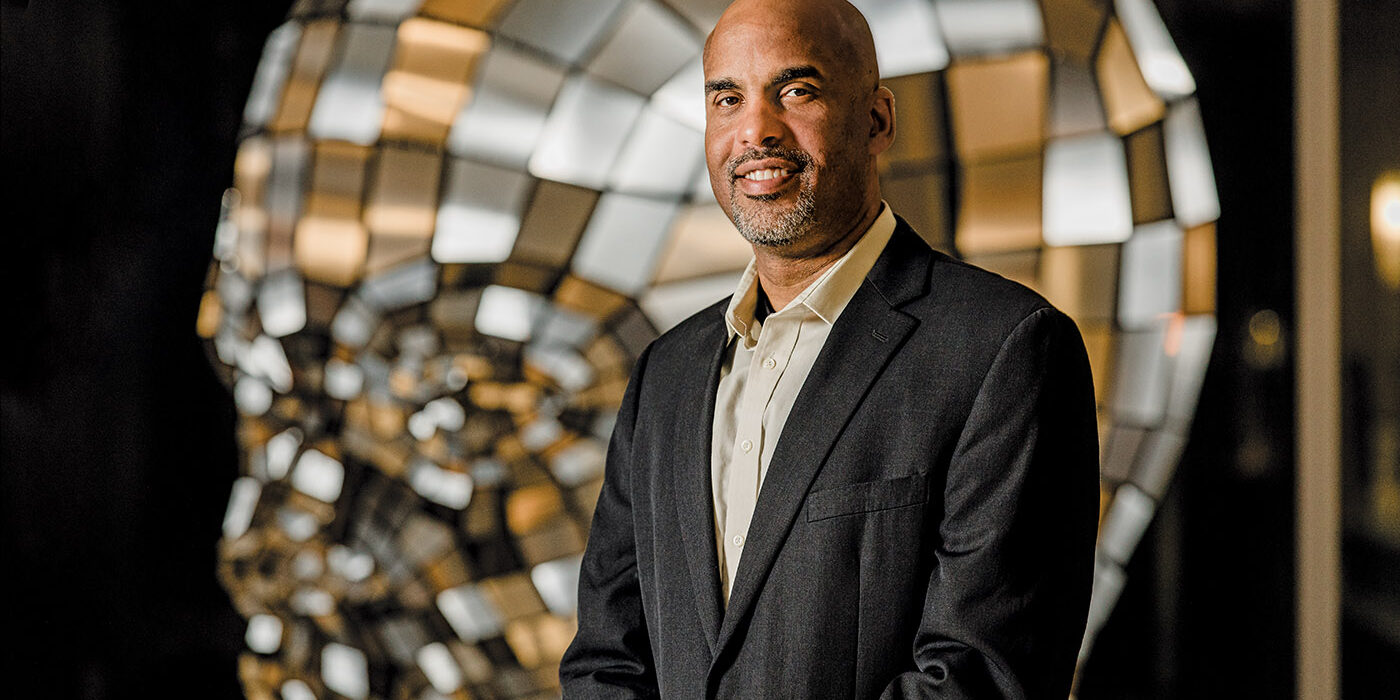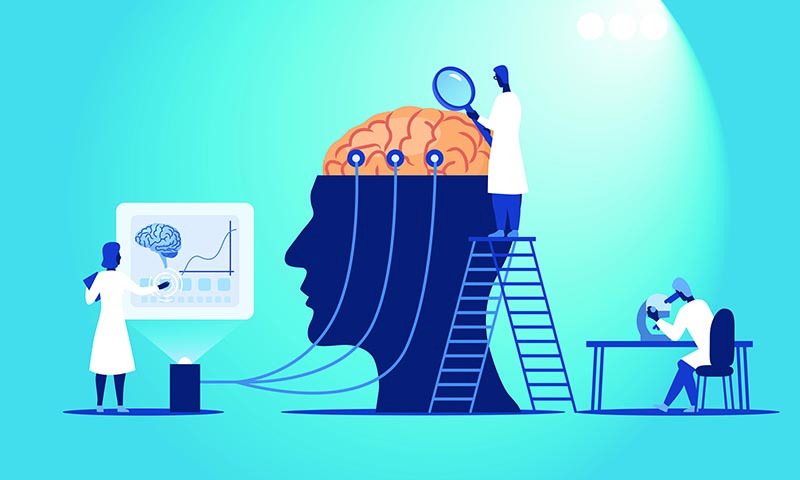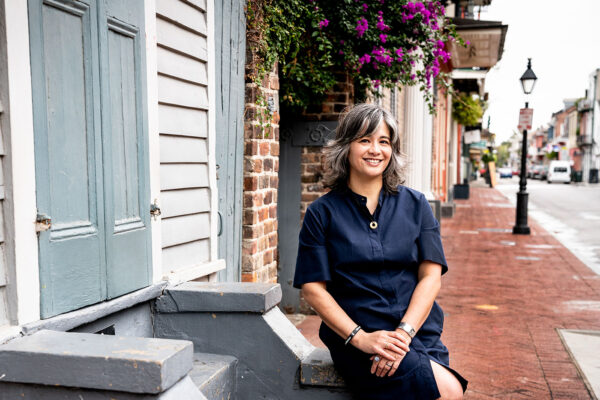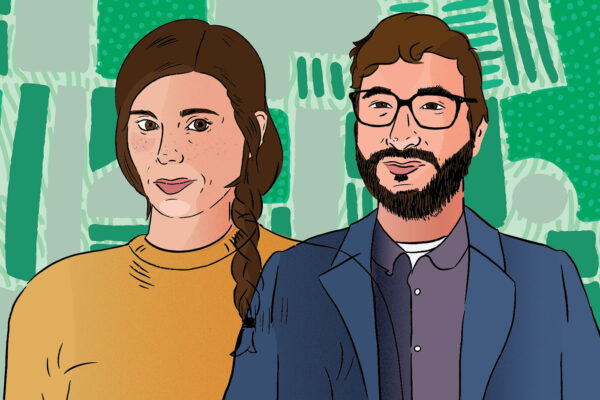His phone rang all day. Same unknown number. It had to be a telemarketer. Engrossed in an NIH workshop about the obstacles of research, Damien Fair, PhD ’08, ignored the call. At the end of the day, he answered to say, in his polite Minnesota-bred way, “Please take me off your list!”
A weighted pause. “Well, you’ve just been named a 2020 MacArthur Fellow.” Reeling, Fair tried to absorb the fact that he would receive $675,000 to spend on his work in developmental neurology, no strings attached.
An easygoing guy, as much a team player in science as he was on the basketball team at Augustana University, he answers the question “Why did they choose you?” calmly, with no coy dissembling. No one person can answer the complex questions he tackles, he points out. More than any single research finding, the committee may have appreciated the way his team’s work is shifting the direction of research into brain development and organization.
Fair has been using fMRI imaging to explore the connectome, a map of the way an individual brain is organized. Connectomes are as unique as fingerprints; comparing them reveals the wild amount of variation among individuals who share a diagnosis. Take a roomful of kids on the autism spectrum: They are all there for different reasons, and there are significant differences in the ways their brains are organized. Researchers have recognized this messiness for years — it’s called “the heterogeneity problem” — but Fair’s imaging work has made it easier to see subtypes and back away from lumpy labels.
As he reminds congressional committees, being able to parse the variance and think in terms of symptoms that cut across several disorders (impulsivity, for example) will improve treatment and even prevention — so should influence education and policy. Fair’s analogy for brain development is sculpture, not home-building: You are not hauling in new neurons to build a brain, but sculpting and refining neurons that were present at birth. “Most of the making of the brain occurs before you are even born.” What the mother experiences during pregnancy — “stress, diet, inflammatory responses, the environment — can have a powerful influence over genetic predispositions, laying groundwork for disorders that surface many years later.”
Fair started his career as a physician assistant in Yale’s neurology department, focusing on stroke. What lit his imagination on fire was “the idea that you could peer inside the brain without even touching it.” He came to WashU, began doctoral research on stroke in infancy, then agreed to drop his own work long enough to go down the hall and persuade Marcus Raichle, MD, the Alan A. & Edith L. Wolff Distinguished Professor in Medicine, and his neuroimaging lab to share their groundbreaking code. Fair then figured out how to measure functional connectivity and apply it to his group’s data.
He still remembers the day an experiment’s results came through and his fellow student, Nico Dosenbach, MD/PhD ’08, now associate professor of neurology, and their mentors came over to his workstation, peered at the screen and started high-fiving, saying, “I knew it!”
“Most of the making of the brain occurs before you are even born.”
Damien Fair, PhD ’08
They found that three parts of a core brain system appeared to be talking to each other, even in a resting state. The result confirmed suspicions that these regions were a part of an interconnected task control system. So what did that mean about how the brain was organized? If you look at the brain the way you would see Earth from space, Fair says, you see that its over 80 billion neurons are grouped in continents — 15 or 20 large, correlated brain systems that communicate internally and with one another. This system they identified was one of those continents.
When we try to pinpoint a single place or system responsible for a behavioral issue, Fair explains, we are often zooming in too tight. “We are likely blurring, averaging or missing lots of things,” he says — especially the complex dance of multiple influences within each system.
Fair continues to push for multidisciplinary approaches and team science. As for the MacArthur money, he’s been scheming with his wife, head of global women’s development at the University of Minnesota, about ways to share neurological advances with developing countries.
We’re all in this together.




